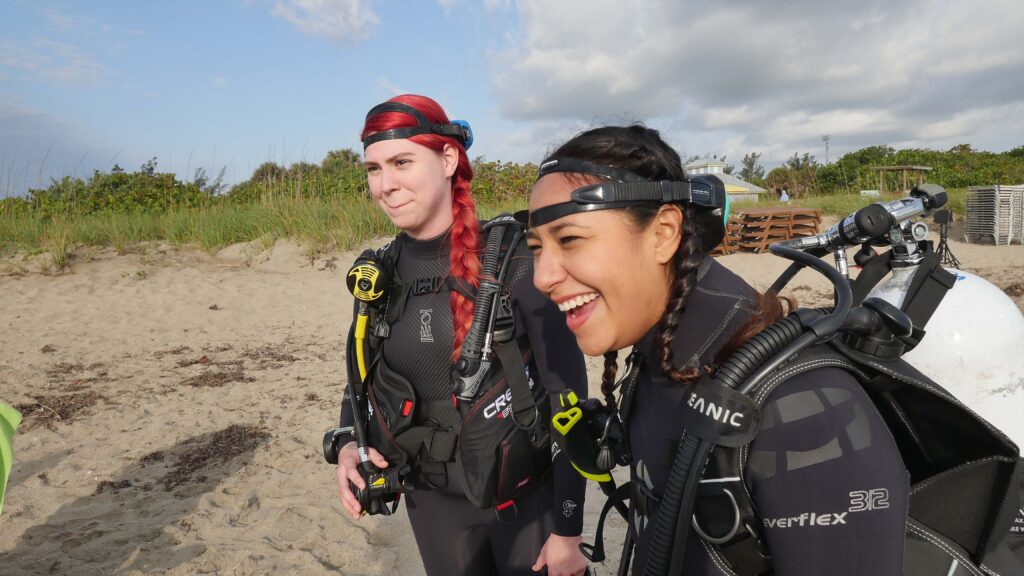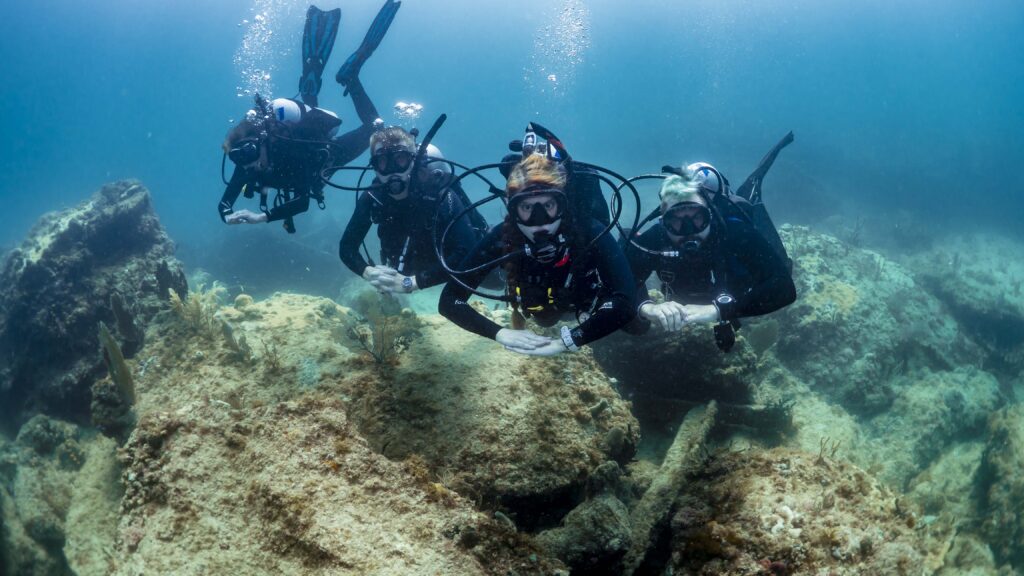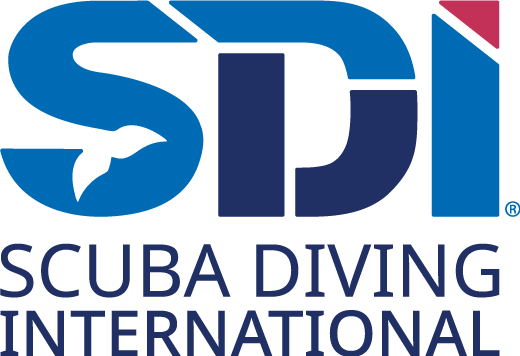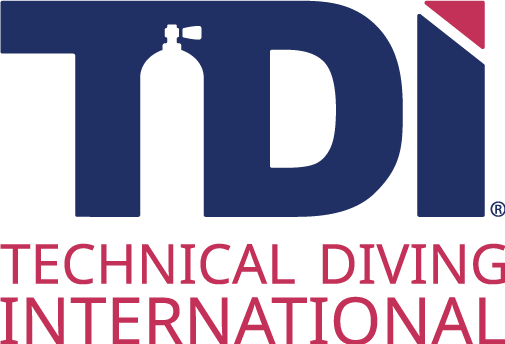The Importance of Good Dive Training, Rescue Course, and CPR Training in Safe Diving Practices

Diving is an exhilarating experience that offers a glimpse into a world beneath the waves. However, as with any adventure, it comes with inherent risks. Ensuring safety while diving is paramount, and this responsibility falls not only on dive operators but also on individual divers. Safe diving practices, thorough training, and readiness to respond to emergencies are critical components of a responsible diver’s skill set. This blog post will explore the importance of adopting safe diving practices, the value of rescue diving courses, SDI and TDI certifications, and CPR training.
The Importance of Comprehensive Training for Safe and Confident Diving

Investing in high-quality training is crucial for any diver, whether you’re a novice or an experienced professional. Comprehensive training programs, such as those offered by reputable organizations like Scuba Diving International (SDI) and her Technical sister Technical Diving International (TDI), provide essential knowledge and practical skills that enhance safety and confidence underwater. These programs cover a wide range of topics, including proper buoyancy control, emergency response, and the use of specialized dive equipment like rebreathers and technical diving gear. By participating in thorough training, divers not only learn the fundamentals but also develop the ability to handle unexpected situations with calmness and competence. Moreover, well-rounded dive training often includes real-world scenarios, allowing divers to practice and perfect their techniques in a controlled environment. This preparation is invaluable, as it ensures that divers are equipped with the necessary tools to mitigate risks and enjoy a safe and exhilarating diving experience. Remember, good training is not about earning certifications; it’s about building a solid foundation of dive skills that can save lives and enhance every dive adventure.
Taking Charge of Your Safety: Your Responsibility as a Diver
While trusting your dive operator and dive guide or instructor is essential, it is crucial for divers to take an active role in ensuring their safety. Relying solely on the operator’s assurances without verification can be risky. As a diver, you should feel empowered to ask critical questions: Is there emergency oxygen available on board? Are the crew members trained in first aid? Does the dive operator have a comprehensive emergency plan?
Being a safe diver means being prepared for dive emergencies. This preparation includes being trained in first aid, understanding the use of emergency oxygen, and having a personal action plan for emergencies. Such readiness is not just about protecting oneself but also about being capable of assisting others in need.
The Role of Rescue Diving Courses
Rescue diving training is designed to equip divers with the skills necessary to manage diving emergencies effectively. These courses cover a range of topics, from recognizing potential problems before they escalate to handling emergencies both underwater and at the surface. The training emphasizes situational awareness, problem-solving, and the ability to remain calm under pressure.
Participating in a rescue diving course can significantly enhance a diver’s confidence and competence. The course typically involves simulated rescue scenarios, allowing divers to practice responding to various emergencies, such as rescuing a panicked diver, managing an unconscious diver, and providing assistance to divers experiencing decompression sickness (DCS). Through these exercises, divers learn to evaluate situations quickly and respond appropriately, potentially saving lives.
The Importance of Safe Dive Training and SDI Certification
Scuba Diving International (SDI) and Technical Diving International (TDI) are among of the world’s leading scuba diving and technical diving training organizations. SDI and TDI certification courses are known for their comprehensive and practical approach to diver education and personalized training. For those looking to specialize in rescue diving, SDI offers specialized courses that focus on safety, rescue techniques, and emergency response.
An SDI Rescue Diver course, for instance, goes beyond the basics and dives into more advanced rescue techniques. It covers essential topics such as accident management, search and recovery, and the psychological aspects of diving emergencies. This training is invaluable for divers who want to be prepared for any situation and take a proactive role in ensuring safety during dives.
The Critical Nature of CPR Training
Cardiopulmonary resuscitation (CPR) is a life-saving skill that every diver should possess. In diving emergencies, especially those involving cardiac arrest or drowning, immediate CPR can mean the difference between life and death. CPR training provides divers with the knowledge and skills to perform chest compressions and rescue breaths, maintaining circulation and oxygenation until professional medical help arrives.
CPR training is often included in rescue diver courses, but it can also be pursued separately through organizations like the American Heart Association or Red Cross. For divers, being proficient in CPR is not just a precaution but a vital part of being a responsible and prepared diver. Knowing how to perform CPR can save lives, whether during a dive or in everyday life.
Why Quick Action is Vital
In diving, quick and decisive action is crucial during emergencies. Whether it’s recognizing the symptoms of DCS, managing an airway obstruction, or performing CPR, every second counts. Delays in response can exacerbate the situation and reduce the chances of a successful outcome. Therefore, divers must be trained to act quickly and efficiently.
The hesitation often stems from a lack of experience or confidence in one’s skills. This is why comprehensive training, such as that provided by rescue diver courses, CPR certifications, and oxygen administration is so important. These programs not only teach the necessary skills but also provide hands-on practice, helping divers develop the confidence to act promptly and effectively in emergencies.
Advocating for Safety: A Diver’s Duty
As a diver, advocating for safety extends beyond personal preparedness. It includes promoting safe practices within the diving community and holding dive operators accountable for maintaining high safety standards. This advocacy can involve simple actions, such as discussing safety protocols with fellow divers or giving feedback to dive operators on their emergency preparedness.
Diving is a shared experience, and ensuring the safety of all participants is a collective responsibility. By prioritizing safety and encouraging others to do the same, divers can contribute to a culture of safety and responsibility within the diving community.
Commit to safety and preparedness for more enjoyable diving
Diving is an activity that offers unparalleled adventures and experiences. However, it requires a commitment to safety and preparedness. By taking rescue diving courses, obtaining SDI certifications, and being trained in CPR and Oxygen Administration, divers can equip themselves with the knowledge and skills to prevent or handle emergencies effectively. This proactive approach not only enhances personal safety but also contributes to the overall safety of the diving community.
Remember, being a safe diver is about more than just following rules; it’s about being prepared, staying informed, and being ready to act when it matters most. Whether you’re a novice diver or an experienced professional, investing in your training and skills is essential for a safe and enjoyable diving experience. So, take charge of your safety, advocate for best practices, and dive responsibly. The underwater world is waiting to be explored, and with the right training, you can do so safely and confidently.





